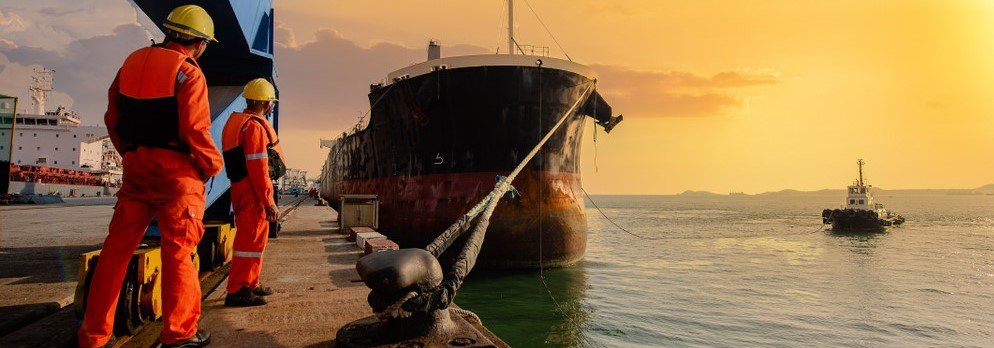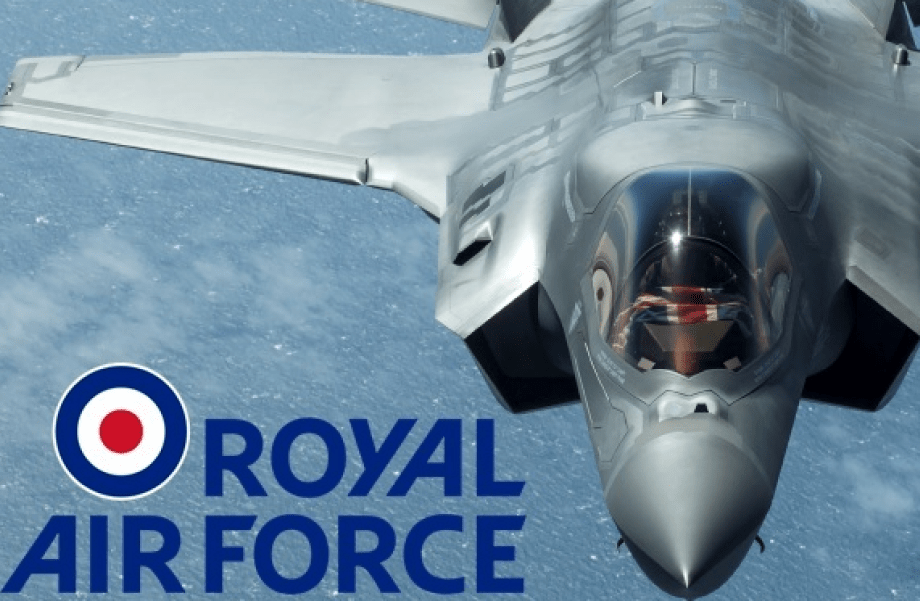-
- December 11, 2025
This article explores the use of Manila man ropes in maritime operations, highlighting their role in safe vessel boarding and disembarkation. Trusted for over a century, these natural fibre ropes provide secure handholds when used alongside pilot ladders and embarkation ladders. The article shows how their strong construction offers excellent grip for operators, even in rough sea conditions, and how pairing them with alloy bow shackles supports attachment and safety. Beyond practical use, the article mentions compliance and why operators and maritime professionals worldwide continue to rely on Manila man ropes for safe and efficient transfers.
-
- November 24, 2025
This article takes you into a live demonstration with the Norwegian Coastguard, where the SB Rescue Sling is shown in action. Made in Norway by Sula Vekst AS and distributed worldwide by I.C. Brindle & Co Ltd, the sling has become trusted for man overboard recovery. The video captures how quickly it can be deployed, how easily one person can use it, and how safely a casualty is brought back on board. Beyond the demonstration, the article explores how the sling adapts to different vessels and environments, meets international safety standards, and why navies and fleets across more than 60 countries continue to rely on it.
-
- October 02, 2025
In this article, we once again, take you inside our live ‘Decontamination Village’ setup, this time at the NEC in Birmingham, located at Stand 5K210. First responders and emergency service professionals experienced first-hand how our inflatable shelters are deployed in minutes to support high-casualty contamination incidents. From the walk-through shelter system to our animated three-stage decontamination demonstration, see how we’re helping blue light services prepare for CBRN, MTA, and hazmat emergencies with scalable, purpose-built decontamination shelter solutions.
-
- August 06, 2025
What happens when you bring a fully operational mass decontamination shelter straight to the heart of one of the UK’s leading emergency services exhibitions? At this year’s Blue Light Show, we did just that—and the response was incredible!
In this article, we take you inside our live ‘Decontamination Village’ setup which was located at Stand L30, where visitors experienced first-hand how our inflatable shelters are deployed in minutes to support high-casualty contamination incidents. From the walk-through shelter system to our animated 3-stage decontamination demo, see how we’re helping blue light services prepare for CBRN, MTA, and hazmat emergencies, with scalable, purpose-built decontamination shelter solutions.
-
- May 21, 2025
Stay Compliant with the Latest Maritime Safety Standards for your Vessel. The Workboat Code 3 officially came into effect in December 2023, introducing key regulatory updates for workboats, pilot boats, and vessels operating under UK law. Whether your vessel operates domestically or overseas, this Code is essential for legal compliance and operational safety. In this article, we break down who the Workboat Code 3 applies to, why the 5th Edition Manual is now vital to carry onboard, and how you can stay inspection-ready, covered, and fully up to date with current MCA requirements.
-
- April 11, 2025
As safety standards evolve, so do the solutions that help us meet them. The future of safety signs and compliance is not just about meeting regulations but also enhancing visibility, ensuring quick response times, and improving overall safety. SafeSign, an ISO 9001:2015 certified manufacturer, is leading the way with cutting-edge photoluminescent safety products designed for the maritime and industrial sectors. This article delves into how SafeSign's innovative systems, including Low Location Lighting, safety signs, and anti-slip products, are shaping the future of safety and compliance in high-risk environments, ensuring that safety measures are not only effective but also forward-thinking.
-
- March 17, 2025
In hazardous incidents involving chemical spills, biological threats, radiological exposure, or hazmat contamination, a structured decontamination process is essential to prevent the spread of harmful substances and protect both casualties and responders. Decontamination tents provide a controlled environment where emergency teams can safely and efficiently manage contamination, reducing risks and ensuring proper containment.
This guide breaks down the step-by-step decontamination process for both ambulatory (walking) and non-ambulatory (non-walking) casualties, outlining how inflatable decontamination shelters support a rapid, structured response. Using the rol of Mass Decontamination Units in large-scale emergencies to demonstrate how modular, high-capacity shelters improve efficiency in mass-casualty situations.
Understanding the Rinse, Wash, Rinse decontamination method, along with the benefits of deployable decontamination systems, is crucial for hazmat teams, emergency services, and disaster response units. With the right equipment and procedures in place, responders can act quickly to minimise exposure risks, protect the environment, and enhance emergency preparedness.
Read the full guide to learn how mass decontamination tents using the 3-stage decontamination process supports effective mass casualty decontamination
-
- March 05, 2025
Staying ahead of evolving regulations is critical for workboat operators, and having the right resources can make all the difference. The Workboat Code 3 Training Manual (5th Edition) has been officially recognised and endorsed by The Workboat Association as the industry benchmark for compliance and training. This endorsement reinforces the manual’s role in supporting vessel operators with clear, up-to-date guidance on safety, best practices, and regulatory compliance.
Learn more on why this latest edition is a must-have for workboat professionals.
-
- February 18, 2025
I.C. Brindle partnered with Air Technology UK to repurpose a custom 30” lifebuoy into a floating platform for wastewater monitoring. This innovative solution provided stability, buoyancy, and branding for Air Technology’s Floating Analyser, enabling accurate environmental data collection.
This collaboration highlights how traditional safety equipment can be engineered for new applications, supporting sustainability, efficiency, and industry-specific needs. I.C. Brindle remains committed to tailored safety solutions, helping businesses optimise performance with custom, high-quality equipment!
-
- January 24, 2025
When every second counts, preparation is key. Designed for rapid deployment and maximum functionality, the I.C. Brindle fast inflatable shelter is tailored to meet the needs of Government Organisations, Emergency Services, Medical Response Teams, and the Military.
See it in action: Watch our animation video showcasing how quickly the I.C. Brindle Sealed Beam Shelter sets up and packs away. Its seamless operation makes it an indispensable asset for teams responding to emergencies, supporting humanitarian efforts, or managing military operations. Be ready for any situation.
Your Account
Log In / Register
Contact Us
We're here to help
+44 (0)1202 657814
Call Us: +44 (0)1202 657814
Credit Terms Available to Government Organisations, NHS, Schools & Blue Light Services











